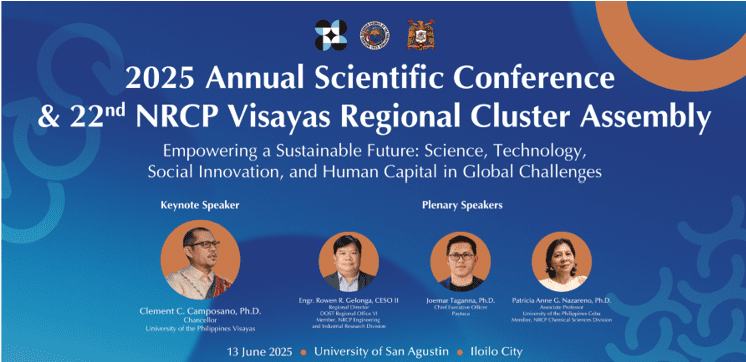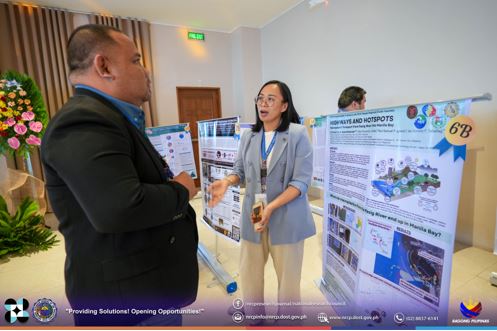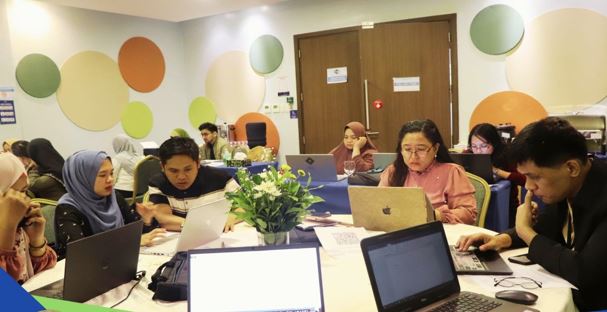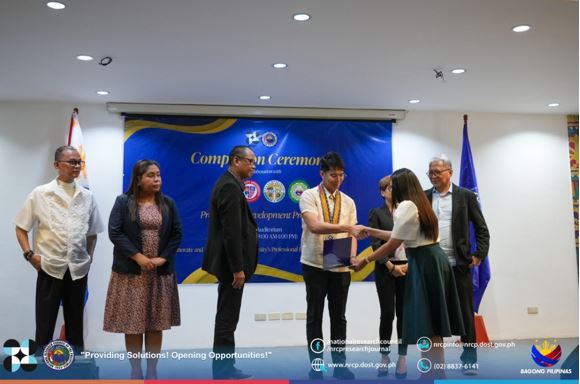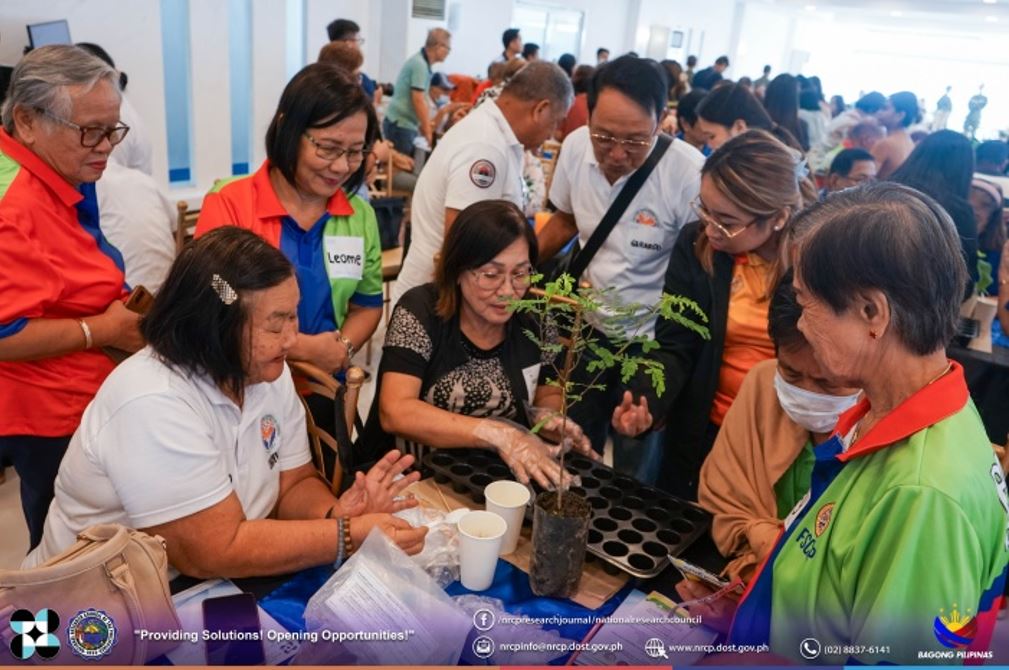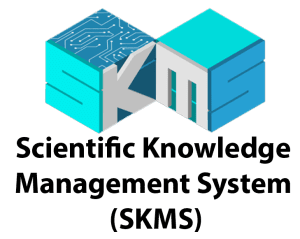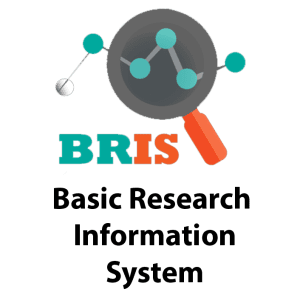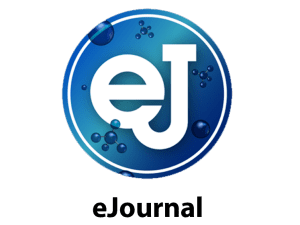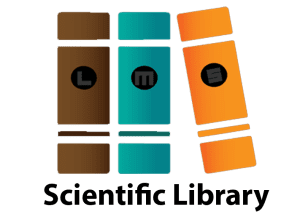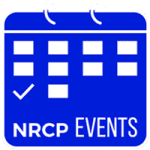Finding Business Opportunity in Naturally-Growing Marang Crop
Business-minded people always see venture opportunities from plain observation in their surroundings. They perpetually attempt to discover ways in maximizing innate potential from any product or service. With persistence and adequate knowledge, they eventually profit from it.
This year’s celebration of the 18th National Biotechnology Week from November 21 to 25, 2022 focused on taking advantage of growing hurdles through biotechnology. The National Research Council of the Philippines proudly presented the research findings of experts, all the way from Mindanao where the native crop called, marang or Artocarpus odoratissimus is being used for livelihood and traditional medicine.
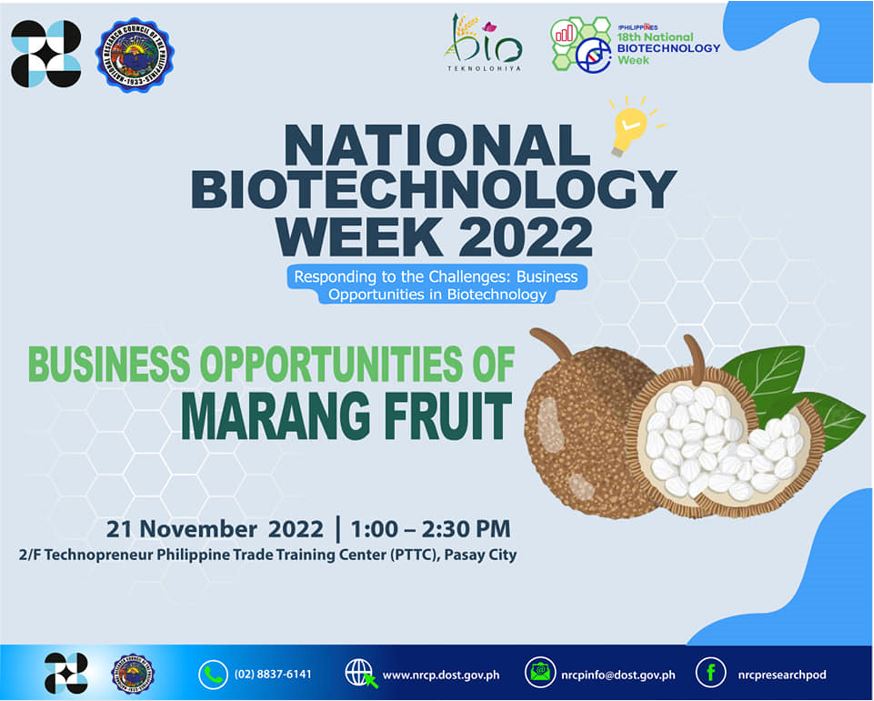
What’s in a Marang?
Marang is a tropical fruit classified under the family of Moraceae to which jackfruit, breadnut, and mulberry also belong to. This volunteer crop bears a round shape with thick and rough shaped exocarp, or “skin.” Culinary-wise, eating a marang fruit offers similar taste and experience with jackfruit. When smelled, marang produces a gasoline-like, sweet scent.
In the Philippines, this fruit is abundant in marginal and hilly areas of Mindanao, Laguna, and Oriental Mindoro. It originated from Malaysia, particularly in Borneo. Although seasonal, one of the advantages in profiting from marang trees is that it matures to its reproductive age and bears fruit with minimal to no agricultural management requirements. Farmers can easily harvest its fruits without much input.

Although marang is relatively unpopular, it can potentially standout when it comes to medicinal benefits. According to the study conducted by NRCP Associate Member from the Division of Pharmaceutical Sciences, Prof. Joseph Mari B. Querequincia, marang has passed the limits of specifications of pharmacognostic analysis and is non-toxic up to 2000 mg/kg BW of test animals. Additionally, after testing the hypoglycemic property of the crude extract, marang exhibited glucose lowering activity comparable to Acarbose, which is commonly used to treat type-2 diabetes. Polyphonic compounds are also traceable in marang.
Tracing Today’s Marang Utilization and Production
Marang has been undervalued and underutilized as a fruit (Sales and Turnos, 2011). Nonetheless, Sales et. Al. (2013) maintained that this fruit has considerable market potential for Visayan and Luzon customers. Currently, local farmers price their products based on retailers’ and wholesalers’ valuation. The marketing and pricing strategy are purely benchmarked on key players’ experiences with each other whether it be in Region XI and Region XII.
Meanwhile, input cost estimates are purely based on experiences with fertilizer application, herbicide, prevailing diseases, and production practices.
A Study on the Utilization and Assessment of Marang Fruit (Artocarpus odoratissimus Blanco) Production in Mindanao led by NRCP Associate Member from the Division of Social Sciences, Dr. Roy B. Gacus revealed that there are multiple challenges in bringing marang from farm to the market. Lack of transportation, poor farm-to-market road conditions, lack of operating capital, low buying price, low payment of buyers, short shelf-life are just some of the hurdles encountered by the key players.
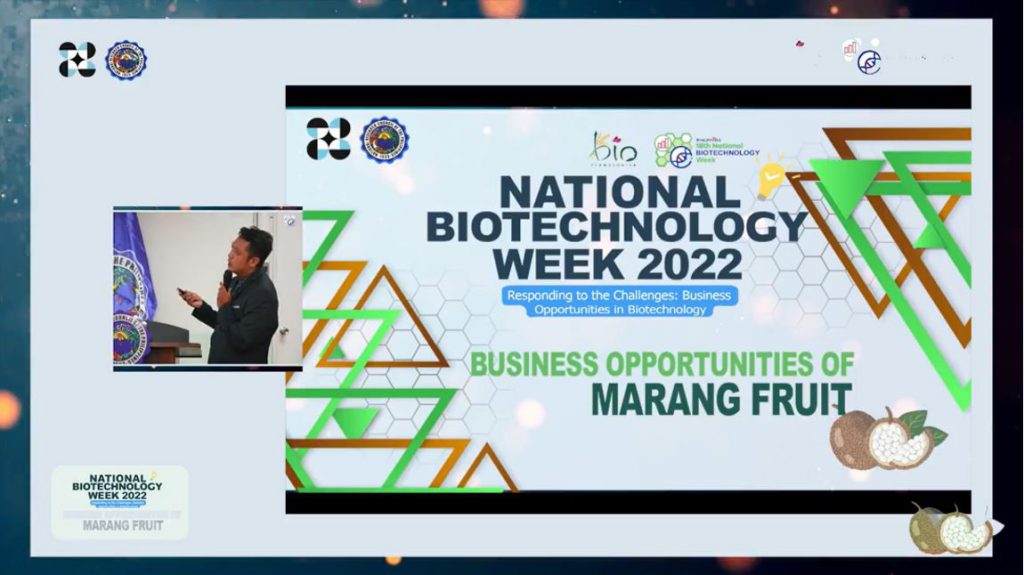
Their study strongly suggests creating an R&D center to address research gaps and similar problems, and establish linkages and partnerships for agribusiness, environmental, and agricultural education.
Meeting at the Vantage Point
National Museum of the Philippines Officer-in-Charge, Ms. Jhaydee Ann F. Pascual underscored the potential of leveraging the marang product with its medicinal benefits and abundance in various locations in Mindanao. However, she noted to keep the marang populations in check and to start establishing biosecurity measures.
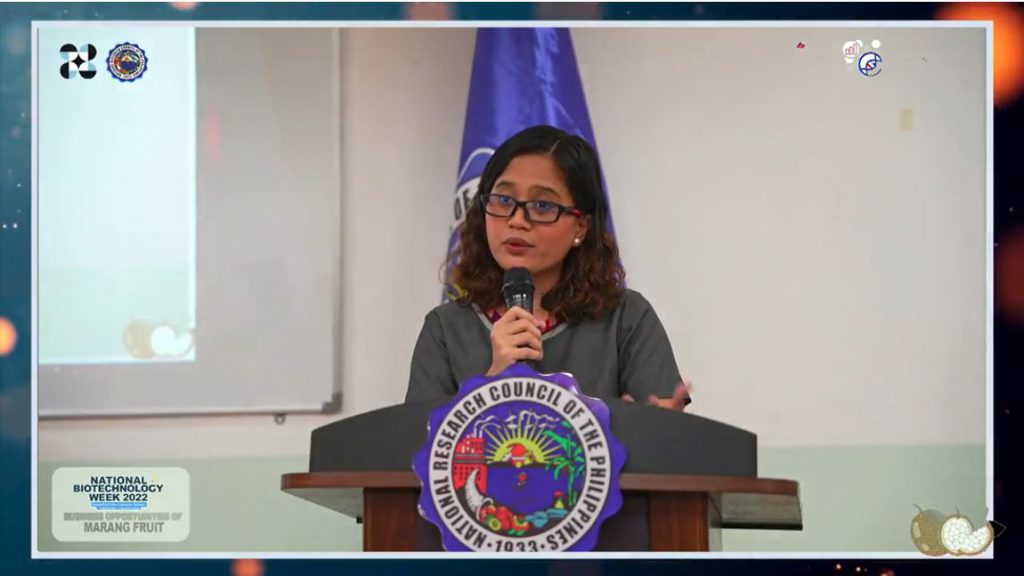
With marang being a promising product can be further studied for medicinal purposes and undergo clinical trials. Ms. Pascual also mentioned that product development should already be in the pipeline to maximize marang’s profitability.
Explorations on marang and culture of Mindanao is another research interest to look into.
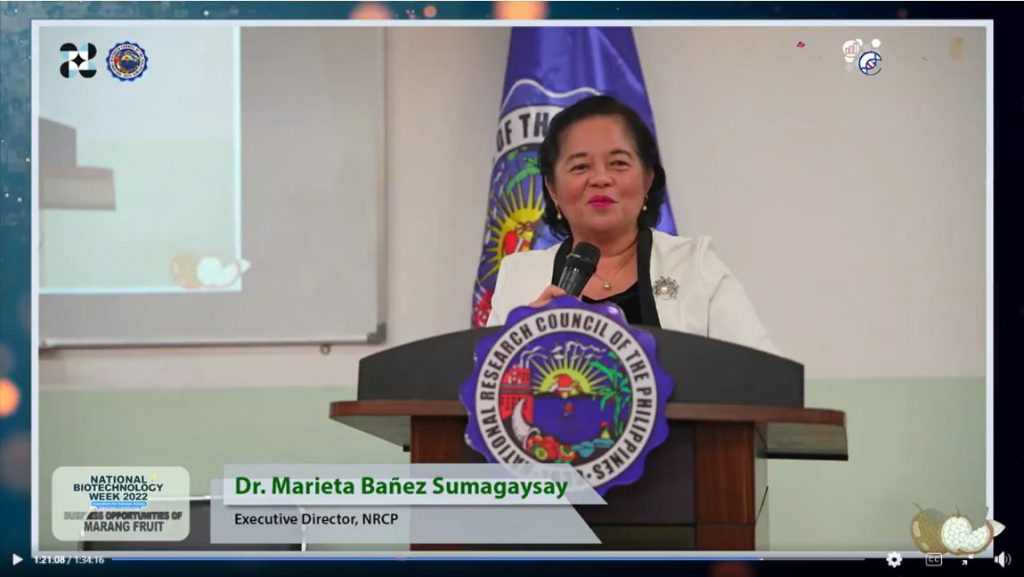
NRCP Executive Director Dr. Marieta Bañez-Sumagaysay highlighted the importance of the wealth-creating potential of the marang and called on researchers and scientists to become entrepreneurs. R&D results should encourage scientists to get into business, hence, use the science to increase productivity, maximize profit at the farm gate, and improve the industry.
Written by: Regine C. Pustadan, Information Officer II






